Breakdown of Streamliners
What are streamliners? Essentially, it’s a sleek design for lightweight passenger rail equipment that once had a faster schedule with fewer stops than other trains on the same route. They often included nicer amenities like stewardess service, reserved coach seating, barber shops, and libraries. Before 1970, three major manufacturers built passenger cars for North America’s railroads: Pullman-Standard, Budd, and American Car & Foundry. Several others had minor roles. Here’s a breakdown of North American carbuilders.
Pullman-Standard
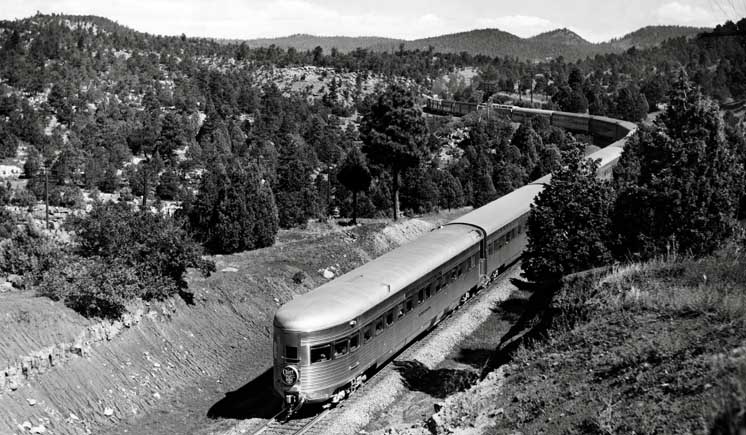
Pullman-Standard’s history dates from 1859, when George M. Pullman remodeled two coaches into sleeping cars for the Chicago, Alton & St. Louis Railroad. In 1867 the Pullman Palace Car Co. was incorporated; it not only built cars but operated sleeping and parlor cars. It became the Pullman Co. in 1899, the same year it merged the Wagner Palace Car Co. It acquired Haskell & Barker of Michigan City, Ind., in 1922, and Standard Steel Car Co. and its subsidiary Osgood-Bradley in 1930. In 1934 the carbuilding portion of Pullman, Inc., was renamed Pullman-Standard.
Traditionally Pullman built, owned, and operated most of the sleeping cars in America. A few roads operated their own sleeping cars, often products of other carbuilders, but for the most part the builder’s plate, the letterboard, and the blanket on the bed carried the same name: “Pullman.”
The Denver Zephyr of 1936 and the Super Chief of 1937 brought up the question of Budd-built, railroad-owned sleeping cars. Pullman balked at operating them and soon found itself in an anti-trust suit. The outcome was that in 1947 the Pullman Company and its sleeping cars were sold to 59 railroads over whose routes the cars operated, and Budd and ACF started taking orders for new sleepers.
Pullman-Standard entered the streamlined era in 1933 with three experimental lightweight cars. Union Pacific’s three-unit articulated streamliner M-10000 of 1934 is generally considered to be Pullman-Standard’s first “real” streamliner. It was followed later that year by UP M-10001, which included sleeping cars. Both trains were scrapped by the end of 1941.
Meanwhile Pullman’s Worcester (Mass.) plant (formerly Osgood-Bradley) was producing lightweight, streamlined coaches by the dozens, with the largest batches for the New York, New Haven & Hartford and the Boston & Maine — the “American Flyer” cars, which some consider to be only semi-streamlined.
The first full-size, non-articulated streamlined car from Pullman’s Chicago plant was the sleeper Forward, built in late 1936. It was followed by Southern Pacific’s Daylight trains. In 1938 Pullman-Standard cars re-equipped New York Central’s 20th Century Limited and Pennsylvania’s Broadway Limited — the first streamlined cars from PS’s Chicago plant to work east of Chicago.
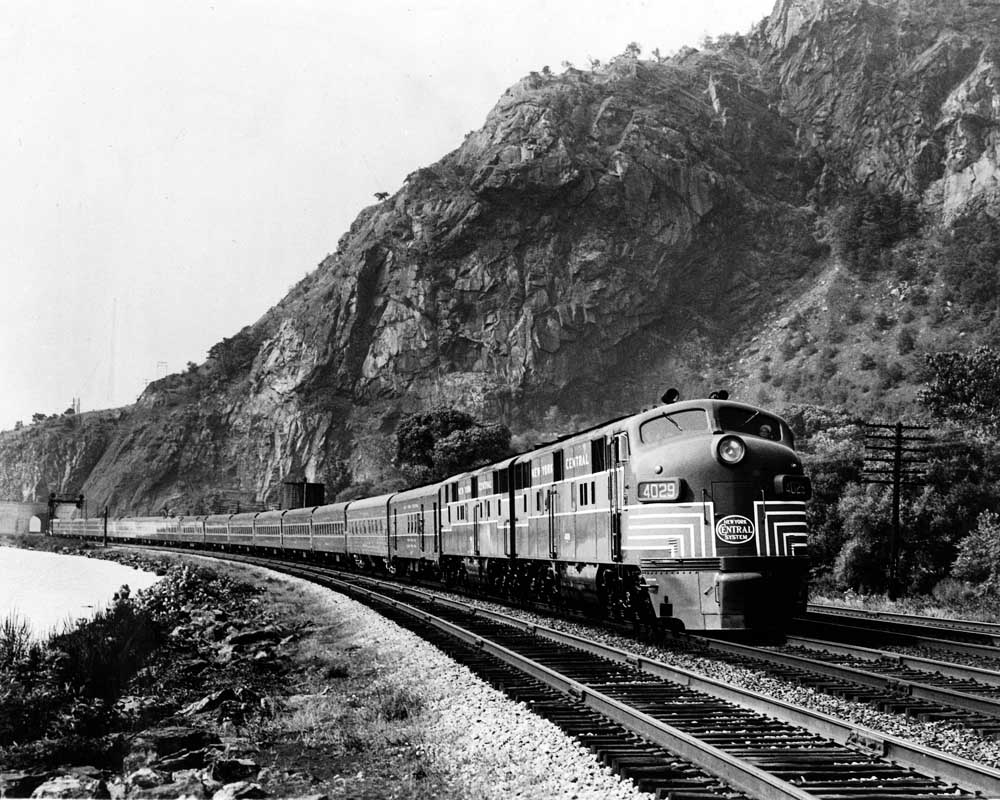
Then the floodgates let go as everyone wanted streamlined trains. The beginning of World War II caught PS with much work in process, and the last of the pre-war streamliners entered service in June 1942: Missouri Pacific’s Colorado Eagle, with sleepers from Pullman and everything else from Budd. Pullman-Standard’s first post-World War II streamliners were the Pere Marquettes for the Michigan railway of that name, ordered after but delivered before Great Northern’s Empire Builder.
In the decade after the war, PS built passenger cars for almost everyone who was buying them (Gulf, Mobile & Ohio is the only exception that springs to mind. Chicago, Burlington & Quincy bought PS cars for both the Empire Builder and the North Coast Limited).
From the end of the 1950s into the 1960s, PS kept busy with gallery commuter coaches for SP, Rock Island, and Chicago & North Western; M.U. cars for the Long Island Rail Road; and large batches of baggage cars for western railroads. PS’s last long-haul conventional passenger-carrying cars were 10 coaches for Kansas City Southern in 1965. Commuter car orders continued through the 1970s.
Pullman-Standard’s last passenger cars were Amtrak’s Superliner Is, delivered 1978-1981.
Budd
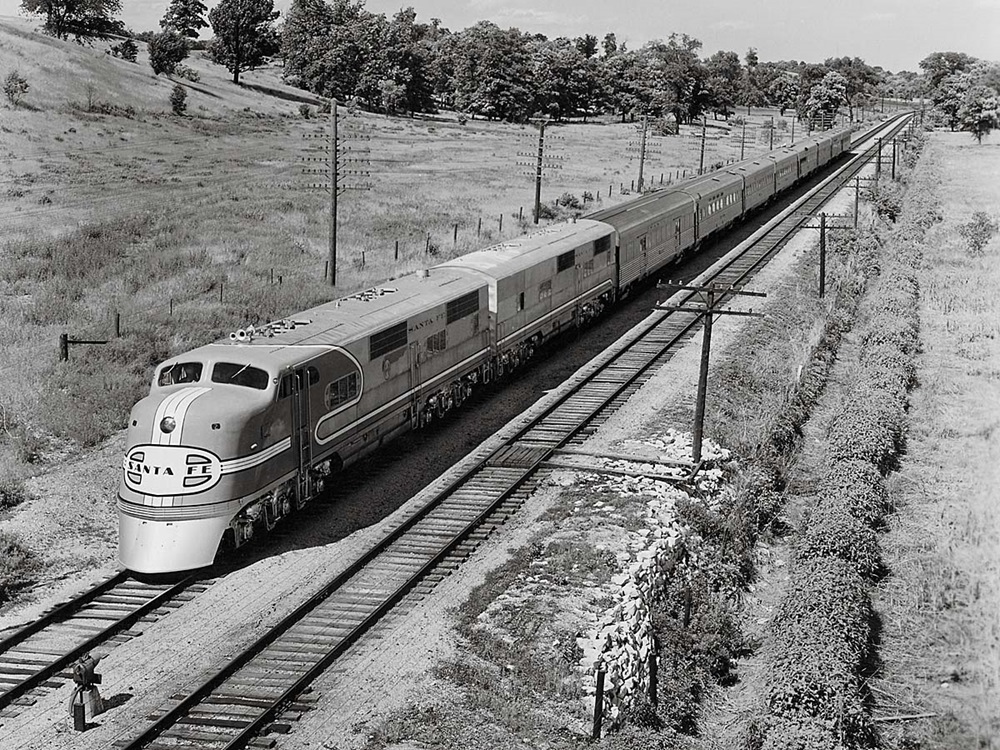
The Budd Co. was the youngest of the three major carbuilders and the most innovative. In 1931 the Edward G. Budd Manufacturing Co., a builder of steel automobile bodies, began to experiment with railroad cars. The first few cars were lightweight self-propelled units with pneumatic rubber tires. The cars were unsuccessful because of those wheels, but they pioneered another innovation that continued throughout Budd’s production: carbodies constructed of shotwelded stainless steel.
Budd’s real entry to railroad car building was a three-car articulated diesel-powered streamlined train built for the Burlington Route: the Zephyr. It emerged from Budd’s plant in Philadelphia in April 1934. Within three months Budd had orders for three just like it, or nearly: one for Boston & Maine and Maine Central, and two more for the Burlington. At the beginning of 1936 Budd delivered a full-size stainless steel coach, Santa Fe 3070, which as late as 1984 was still soldiering away under the same number for NJ Transit.
In the late 1930s, Budd’s order books were dominated by Burlington, Santa Fe, Atlantic Coast Line, and Seaboard. The Pennsylvania’s South Wind of 1940 was notable for being painted Tuscan red, practically over Budd’s dead body. New York Central sampled several coaches built in one- and two-car lots, then plunged for 32 cars to streamline the Empire State Express. The new train made its debut on Dec. 7, 1941, shortly after which Budd (and everyone else) turned to war work.
If there is one item that Budd did better than any other carbuilder, it is the Vista-Dome. Budd doesn’t get credit for the first dome — that goes to the Burlington, which added a dome to a 1940 Budd coach in 1945. Nor was Budd the first carbuilder to produce a dome — Pullman-Standard’s Train of Tomorrow hit the rails two months before Budd’s domes for the Twin City Zephyrs.
But Budd did build more than twice as many dome cars as all the other builders together. Perhaps the one train most closely tied to the Vista-Dome is the California Zephyr; many say it’s Budd at its finest. Conventional streamlined cars weren’t the only things on the erecting floor at Budd’s Red Lion plant in the 1950s and 1960s.
Among the cars Budd developed and built were Rail Diesel Cars, Santa Fe’s hi-level cars, electric M.U. cars based on Budd’s Pioneer III design, gallery style bilevel commuter coaches, high-speed electric-powered Metroliner cars, and rapid transit cars for New York, Philadelphia, and Chicago.
As the 1960s yielded to the 1970s, Budd built 620 M.U. cars for the Long Island, 168 gallery coaches for Chicago commuter authority RTA, and Amtrak’s Amfleet cars. Budd ceased building passenger cars after delivering 150 Amfleet 11 cars to Amtrak in the early 1980s. Unlike Pullman and ACF, Budd never built freight cars.
American Car & Foundry
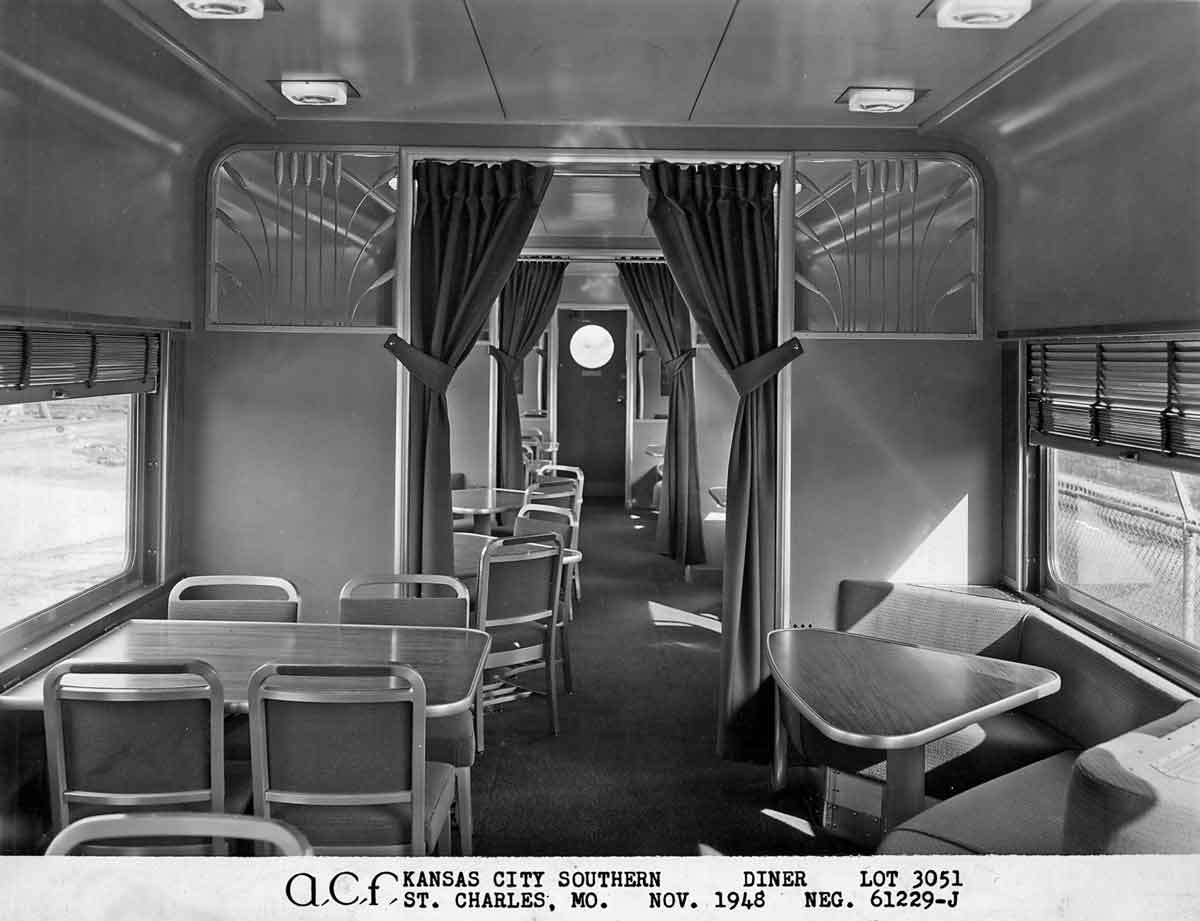
American Car & Foundry was formed in 1899 by the consolidation of more than a dozen carbuilders. The company changed its name in 1954 to ACF Industries; its latter-day plants were at Milton, Pa., Huntington, W. Va., and St. Charles, Mo.
ACF’s pre-war streamliner production includes a pair of lightweight trains for Baltimore & Ohio — one intended for B&O’s Alton Railroad and the other reassigned to the Alton after two years on the B&O; Gulf, Mobile & Northern’s Rebels; Missouri Pacific’s first Eagle; and several self-propelled Motorailers.
A wartime lot of 100 hospital cars wound up rebuilt to various configurations by the Alaska Railroad and the Monon and as baggage dorms for Southern Pacific and Atlantic Coast Line. ACF’s postwar production appears to have been made up of orders that Pullman-Standard and Budd were too busy to handle, with a few notable exceptions: the feature cars for Great Northern’s 1951 Empire Builder and several large lots of cars for Missouri Pacific, Louisville & Nashville, and Union Pacific, including most of UP’s domes.
ACF’s last passenger cars were 25 baggage cars for UP in 1961.
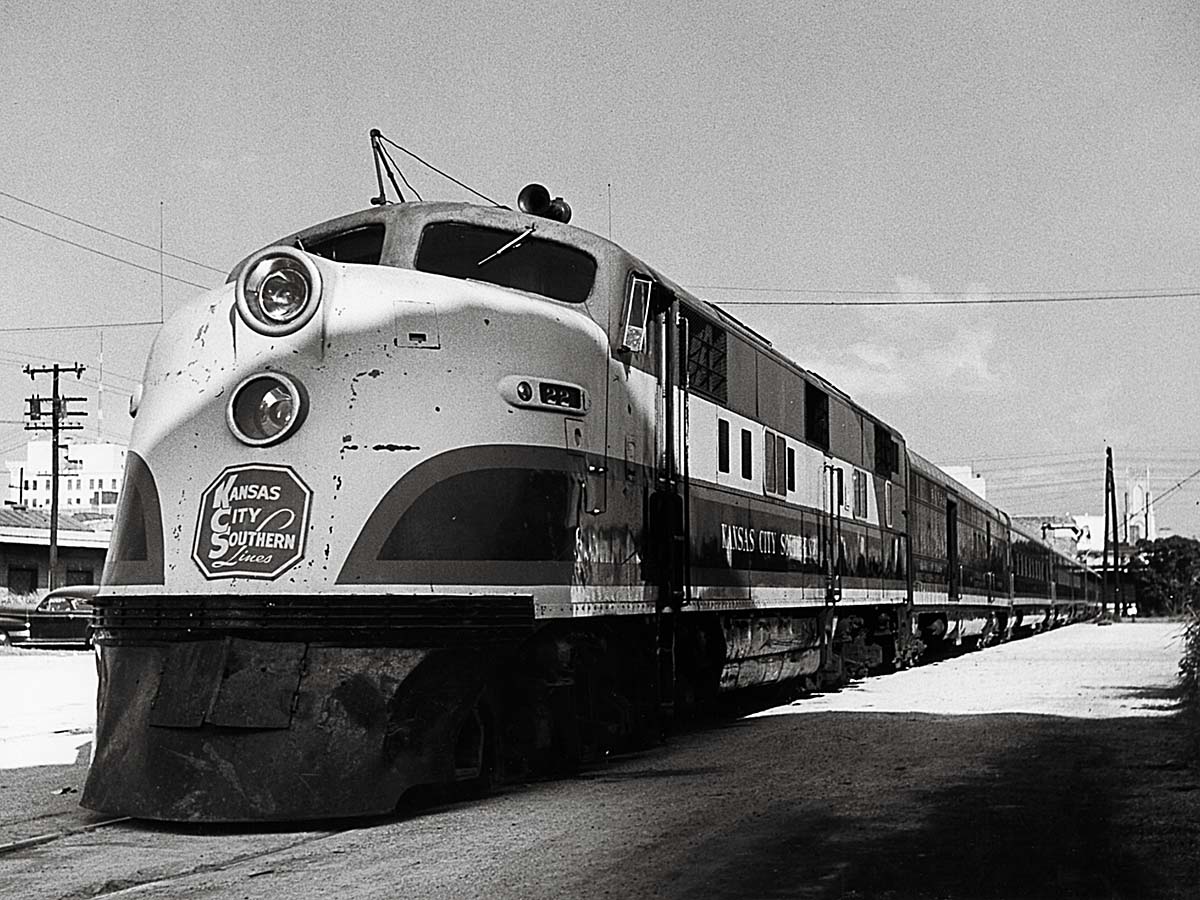
St. Louis Car Co.
The St. Louis Car Co. was a major builder of streetcars and interurbans. The North Shore’s Electroliners of 1941 and Illinois Terminal’s streamliners of 1948 fall on the borderline between traction and “steam” railroads. The company built only three streamlined passenger cars before World War II: Santa Fe coach 3071 in 1936, and the two cars of Missouri Pacific’s Delta Eagle in 1941.
In the early 1950s it built 100 M.U. cars for New York Central, large batches of Army hospital and kitchen cars, and 16 gallery coaches for Chicago & North Western. The company was acquired in 1955 by General Steel Industries. Later production was primarily for Union Pacific: baggage cars, lunch-counter diners, and coaches, the last of which were delivered in 1965.
The last passenger cars built by St. Louis were Illinois Central’s Highliner electric M.U. commuter cars of 1972.
Other builders
- General Electric has been a major carbuilder since 1970 by virtue of its M.U. car production. Carbodies have generally been built by contractors such as Budd and Aveo.
- Bethlehem Steel Co. acquired Harlan & Hollingsworth of Wilmington, Del., in 1905, and continued to build cars until 1944. Bethlehem built nearly all of Reading Co.’s distinctive low-arch-roof passenger cars, both locomotive-hauled and M.U., and semi-lightweight cars of similar contour for Norfolk & Western and Central of Georgia.
- Pressed Steel Car Co. of Pittsburgh built passenger cars until World War II. Its streamlined-era production includes a single demonstrator coach that wound up on the Pennsylvania, and 25 coaches delivered to New York Central in 1942.
- Canadian Car & Foundry was created by the 1909 consolidation of Canada Car Co., Dominion Car & Foundry, and Rhodes, Curry & Co. It was reorganized in 1956 as Canadian Car Co.; that same year it was acquired by Hawker Siddeley Canada Ltd. Between the mid-1930s and the end of the 1950s CCF built 527 passenger cars for domestic service — baggage, mail, and commuter cars for Canadian Pacific; and coaches (one lot amounting to 218 cars), duplex-roomette sleepers, lunch-counter diners, and M.U. coaches for Canadian National.
- Hawker Siddeley’s passenger car production consists of 25 Tempo cars and two business cars delivered to Canadian National in 1967, 203 commuter cars for Ontario’s GO Transit between 1967 and 1978, and a large batch of coaches for National Railways of Mexico around 1980.
- National Steel Car Co. built large numbers of baggage and mail cars for CN and CP between 1936 and 1958 (392 in all), plus six business cars for CN in 1959.
- Railroads themselves also built passenger cars in their own shops, and the Milwaukee Road holds honors in quantity. Except for dome cars and first-class sleeping cars, all the passenger cars the Milwaukee Road acquired from 1934 to 1954 were built in the road’s shops in Milwaukee — a total of more than 400. The cars were distinctive-looking, unlikely to be confused with anything else on this continent. (Russia and China have vast fleets of rib-sided cars that seem to have been copied from the 1938 Hiawatha.)
- Between 1936 and 1950 Canadian Pacific’s shops built 212 passenger cars, mostly coaches, but also a few sleepers, baggage cars, and buffet cars. They were characterized by curved sides and top-equalized trucks.
- During the heavyweight era, the Pennsylvania Railroad’s shops at Altoona, Pa., built many passenger cars; postwar production consisted of 70 coaches and 5 each baggage-lounge, kitchen-dorm, dining room, and buffet-lounge-observation cars between 1946 and 1948.
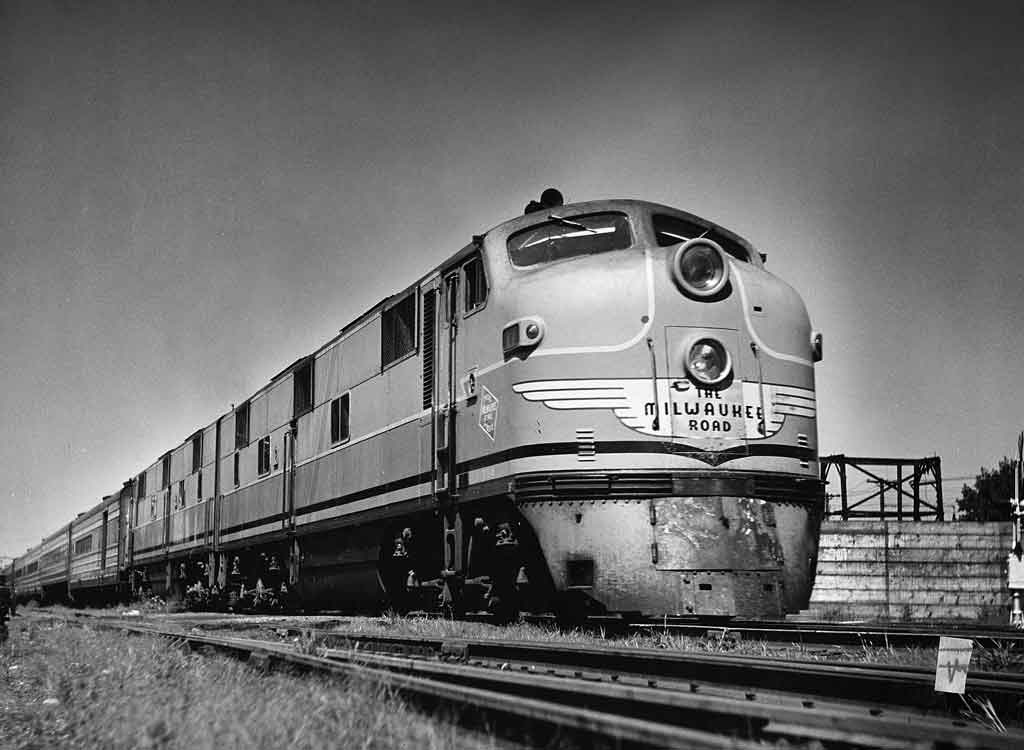
Where you can find some streamliners today
If they weren’t scrapped, they were preserved. Here are a few places where you can see pieces from the streamlined era:
- Mark Twain Zephyr at Wisconsin Great Northern
- Pioneer Zephyr at Museum of Science and Industry Chicago
- Nebraska Zephyr at Illinois Railway Museum
- Chicago Burlington & Quincy No. 192 Silver Spoon, Silver Charger No. 9908, an EMD “shovel nose” diesel locomotive, and one of the GM Aerotrains at National Museum of Transportation (St. Louis)
- Union Pacific No. 8003, an ACF dome diner — the last one in its original configuration, CB&Q No. 300 Silver Spirit, Budd-built buffet-lounge, and on of the GM Aerotrains at the National Railroad Museum (Green Bay, Wis.).
- Union Pacific’s heritage fleet is comprised of cars from the streamliner era. These cars can be seen with Big Boy No. 4014 and in other special trains on the UP system.
- A number of Budd cars can be found in the Museum of the American Railroad (Frisco, Texas). These cars are in Amtrak colors having been part of the railroad’s Heritage Fleet.
- The collection of the Minnesota Transportation Museum (Jackson Street Roundhouse, St. Paul, Minn.) features numerous examples of Pullman streamlined cars from the Great Northern. The museum also holds CB&Q No. 4709 Silver Castle, a dome-coach, and Milwaukee Road No. 502, a streamlined coach built by the railroad.
- Santa Fe dining car No. 1474 Cochiti is part of the collection at the California State Railroad Museum (Sacramento, Calif.). The car is part of an interpretive exhibit on railroad dining, which includes table settings with numerous patterns of railroad china.
Note: The list of where you can see historic streamlined passenger equipment today is by no means complete. It is meant to prime your search for these passenger vehicles from a bygone time. Continue the search by checking the collection of your favorite railroad museum. Most likely there are streamlined examples nearby.
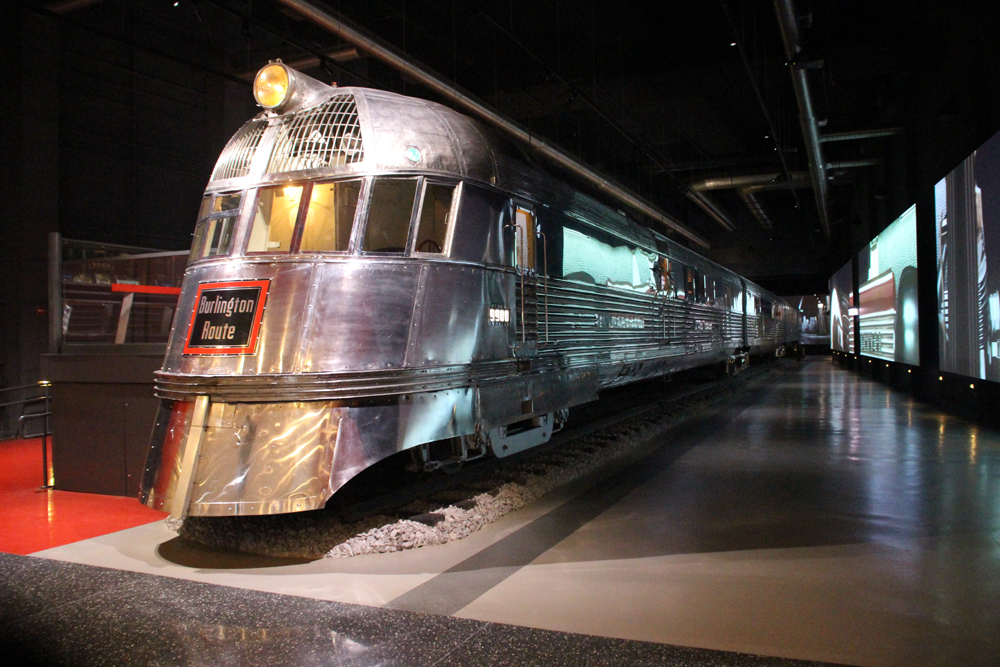
More resources
- Want to know more about streamliners? Check out Super Streamliners: Dazzling passenger trains from the classic era of rail travel.
- Purchase a copy of special issues, Burlington’s Zephyrs and Pullman: America’s Hotel on Wheels from Classic Trains.
- DVDs to purchase: 20th Century Limited, Daylight, California Zephyr, and Super Chief.






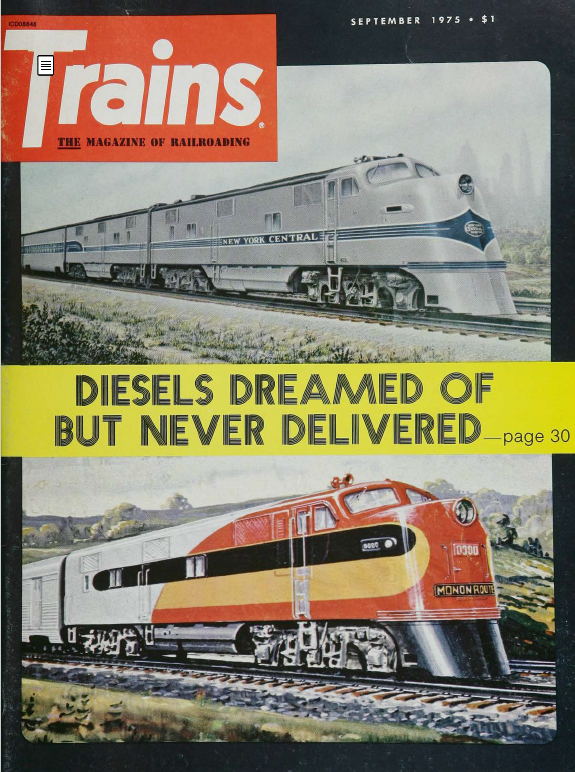







Second ATSF is not of Hi-level equipment.
Right. It appears to be the 1937 Budd Super Chief consist behind an E1A and an E1B